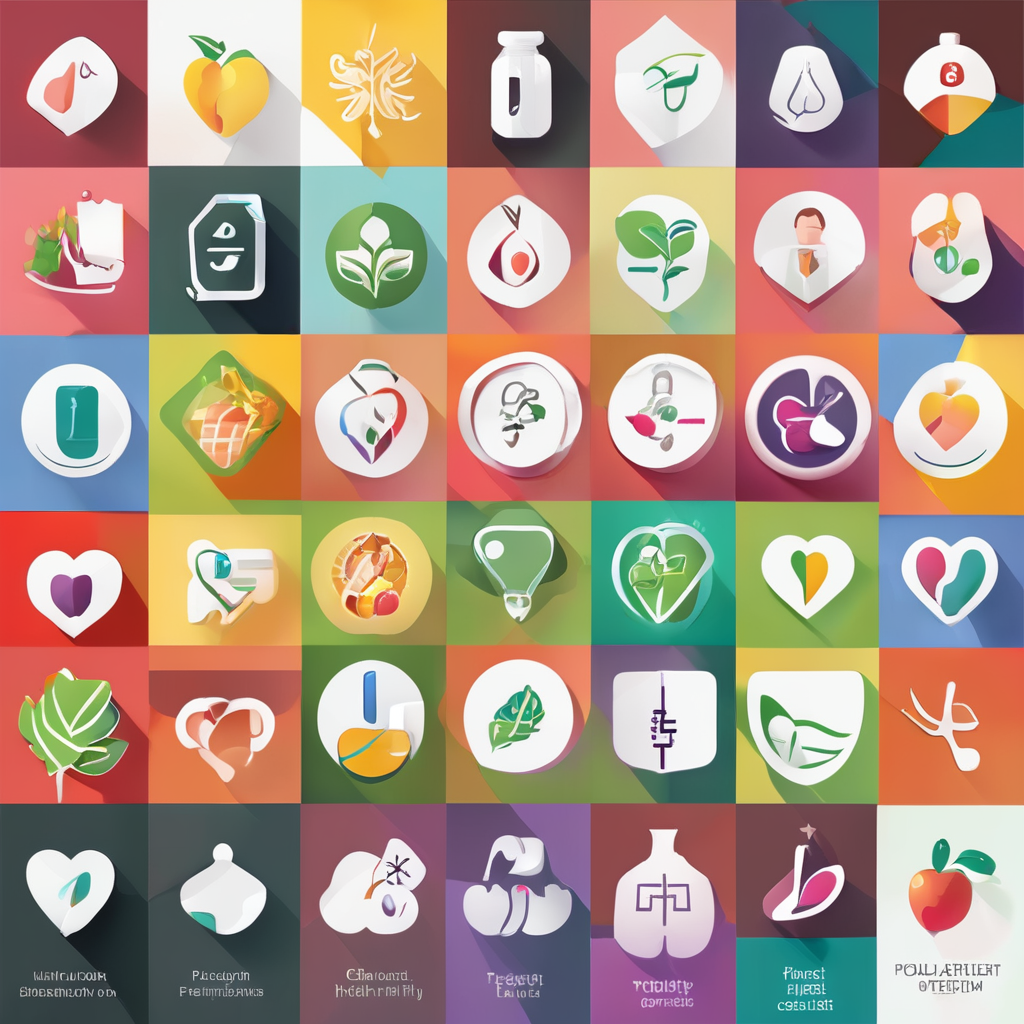Top Effective Strategies for Relieving Allergies in Children: A Comprehensive Guide
Managing allergies in children is a complex and multifaceted task that requires careful planning, education, and implementation of various strategies. Here, we will delve into the most effective methods to help alleviate allergy symptoms in children, ensuring their health, safety, and well-being.
Understanding Common Allergies in Children
Before we dive into the strategies, it’s crucial to understand the types of allergies that commonly affect children.
Also to read : Discover the Power of Omega-3 Fatty Acids: Enhancing ADHD Symptom Management Effectively!
Food Allergies
Food allergies are among the most prevalent and potentially life-threatening allergies in children. The most common food allergens include milk, eggs, peanuts, and tree nuts. These allergies can cause a range of symptoms from mild skin irritations to severe anaphylaxis[2].
Allergic Rhinitis and Hay Fever
Allergic rhinitis, often referred to as hay fever, is another common allergy that affects children. This condition is triggered by allergens such as pollen, dust mites, and pet dander, leading to symptoms like sneezing, runny nose, and itchy eyes[3].
Topic to read : Unlocking Serenity: The Transformative Power of Mind-Body Practices for Chronic Stress Relief
Atopic Dermatitis
Atopic dermatitis, or eczema, is a skin condition that can be exacerbated by allergies. It causes dry, itchy skin and can be particularly challenging to manage in children[3].
Creating an Allergen-Free Environment
One of the most critical strategies in managing child allergies is creating an environment that minimizes exposure to allergens.
Food Preparation and Handling
In childcare settings and schools, it is essential to have strict protocols for food preparation and handling. Here are some key strategies:
- Individualized Food Plans: Develop individualized food allergy care plans in consultation with parents and healthcare providers. These plans should outline specific allergens, signs of reactions, and emergency procedures[2][5].
- Separate Food Preparation: Prepare food for children with food allergies first to avoid cross-contamination. Label and store their food in enclosed containers to prevent accidental exposure[1][5].
- Staff Training: Ensure all staff members undergo training on recognizing and responding to allergic reactions. This includes understanding how to avoid cross-contamination during food storage, handling, and serving[1][2].
Non-Food Activities
Activities beyond meal times also need careful consideration:
- Avoid Allergenic Materials: Avoid using materials that could contain food allergens, such as empty peanut butter jars or egg cartons, in craft activities. Opt for allergen-free alternatives instead[1][5].
- Supervise Play: Ensure that games and activities do not involve foods that children are allergic to. For example, avoid cooking activities that include common allergens like milk, eggs, or peanuts unless suitable substitutes are used[1][5].
State Standards for Food Allergy Management
Adhering to state standards for food allergy management is crucial for ensuring the safety of children with allergies.
Key Policy Standards
The Asthma and Allergy Foundation of America (AAFA) has identified nine key policy standards for protecting children with food allergies in childcare settings. These include:
- Maintaining Health Records: Keep detailed health records that document known allergies.
- Individualized Care Plans: Create individualized food allergy care plans.
- Staff Training: Provide training for childcare staff on recognizing and responding to allergic reactions.
- Displaying Allergy Information: Prominently display a child’s food allergies within the facility[2].
Early Introduction of Solid Foods
Recent research has shown that the early introduction of certain foods can help prevent allergies.
Peanut and Egg Introduction
Studies like the Learning Early About Peanut (LEAP) study have found that introducing peanuts and eggs early in infancy can reduce the risk of developing allergies to these foods. Here are some guidelines:
- Peanuts: Introduce peanuts around 6 months of age in forms suitable for infants, such as peanut butter mixed with breast milk or formula.
- Eggs: Introduce eggs around 6 months of age, cooked and pureed.
- Monitoring Symptoms: Watch for symptoms like rash, itching, swelling, runny nose, or sneezing after introducing these foods[2][4].
Treatment and Management
Managing allergies involves not just prevention but also treatment and ongoing management.
Oral Immunotherapy
Oral immunotherapy (OIT) is a treatment approach that involves gradually exposing children to small amounts of the allergenic food to build tolerance. For example:
- Peanut OIT: The Cleveland Clinic’s early peanut oral immunotherapy (EPOIT) program has shown significant success in helping children build tolerance to peanuts. This involves a step-by-step process under the supervision of an allergist, increasing the dose of peanut protein over several months[4].
Medication and Emergency Response
For children with severe allergies, having the right medication and emergency response plan is vital.
- Adrenaline Injectors: Ensure that children with high-risk allergies carry adrenaline injectors, such as EpiPens, and that staff and parents know how to use them.
- Action Plans: Develop and display an Australasian Society of Clinical Immunology and Allergy Action Plan for Anaphylaxis, which outlines the steps to take in case of an allergic reaction[1][5].
Practical Tips for Parents and Caregivers
Here are some practical tips to help manage allergies in children:
Hand Hygiene
- Wash Hands: Encourage children to wash their hands before and after eating, especially if they have eaten something that another child is allergic to.
- Hand Wipes: Use hand wipes if running water and soap are not available, but avoid using hand sanitiser as it does not remove allergens[1][5].
Food Labeling and Sharing
- Label Food: Clearly label all food and drinks with the child’s name to avoid mix-ups.
- Avoid Sharing: Ensure that children do not share food, utensils, or containers to prevent cross-contamination[1][5].
Outdoor Safety
- Insect Allergies: Ensure children with insect allergies wear shoes when outside and avoid areas with bee and wasp nests.
- Cover Bins: Cover outdoor bins to avoid attracting insects[1][5].
Table: Common Food Allergens and Symptoms
| Food Allergen | Prevalence | Common Symptoms |
|---|---|---|
| Milk | 2.5% (children under 3) | Hives, respiratory issues, gastrointestinal problems[2] |
| Eggs | 1.3% (children under 5) | Mild skin irritations to severe anaphylaxis[2] |
| Peanuts | 2% (children in the U.S.) | Severe reactions including anaphylaxis[2] |
| Tree Nuts | Varies | Similar to peanut allergies, can include anaphylaxis[2] |
Quotes from Experts
- Dr. Hong, Cleveland Clinic: “The best way to help children overcome peanut allergies is to slowly expose them to the food. This can be hugely liberating, allowing them to live their lives as if they never had a peanut allergy.”[4]
- AAFA: “Ensuring that childcare providers are trained and prepared to manage food allergies is not only mandated by laws but is also a best practice that significantly enhances child safety.”[2]
Managing allergies in children requires a multifaceted approach that includes creating an allergen-free environment, adhering to state standards for food allergy management, introducing solid foods early, and having effective treatment and emergency response plans in place. By following these strategies and staying informed, parents and caregivers can significantly reduce the risk of allergic reactions and ensure the health and well-being of children with allergies.
List of Key Strategies
- Develop Individualized Care Plans: In consultation with parents and healthcare providers.
- Train Staff: On recognizing and responding to allergic reactions.
- Label and Store Food Safely: To avoid cross-contamination.
- Avoid Allergenic Materials: In craft activities and other non-food settings.
- Introduce Solid Foods Early: To prevent allergies, especially peanuts and eggs.
- Use Oral Immunotherapy: To build tolerance to allergenic foods.
- Maintain Good Hand Hygiene: Wash hands before and after eating.
- Avoid Food Sharing: To prevent cross-contamination.
- Ensure Outdoor Safety: Especially for children with insect allergies.
By implementing these strategies, we can create a safer and more supportive environment for children with allergies, helping them thrive and live healthier lives.











